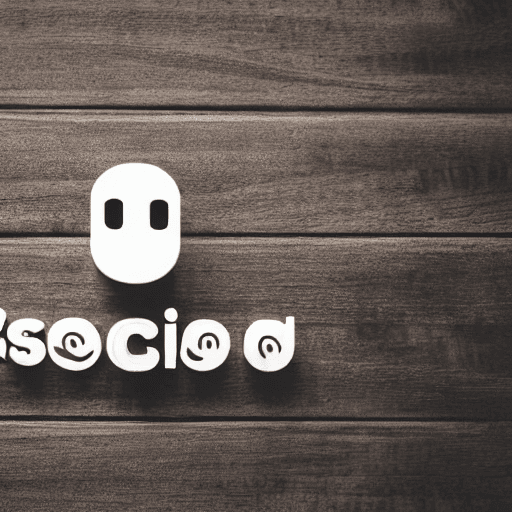

In today’s hyper-connected world, brands are constantly under scrutiny. Every tweet, comment, and online review can impact a brand’s reputation. A single negative experience, if left unaddressed, can quickly escalate into a full-blown crisis. Traditional methods of brand monitoring – relying solely on press releases and customer service channels – are simply not enough. This is where social listening comes in. Social listening is the process of monitoring digital conversations to understand what people are saying about your brand, your competitors, and your industry. It’s not just about tracking mentions; it’s about understanding the context, sentiment, and trends surrounding those mentions. This post will delve into how social listening can be a vital component of your brand’s crisis management strategy, allowing you to proactively protect your brand’s image and respond effectively to negative sentiment.
Social listening goes far beyond simple keyword tracking. It’s a sophisticated process that involves using specialized tools to analyze conversations across various social media platforms, forums, blogs, and review sites. These tools can identify mentions of your brand, even if they don’t directly tag you. They can also analyze the sentiment – whether the conversation is positive, negative, or neutral – and identify trends and emerging issues.
Here’s a breakdown of why social listening is so important:
A brand crisis can erupt from a seemingly minor issue – a product defect, a service failure, a controversial statement, or even a misinterpretation of a marketing campaign. Without social listening, brands often react *after* the crisis has already begun to spread, making it much harder to control the narrative. Social listening transforms your brand’s response from reactive to proactive.
Here’s how social listening integrates into a crisis management plan:
In 2013, Domino’s Pizza faced a major crisis when a series of unflattering photos of their pizza were posted on Reddit. The images went viral, sparking widespread criticism and a significant drop in the company’s stock price. However, Domino’s responded swiftly and effectively. They didn’t ignore the situation. Instead, they acknowledged the problem, posted a humorous video addressing the issue, and even offered a discount to customers. This proactive and self-deprecating response turned a potential disaster into an opportunity to demonstrate transparency and humor, ultimately mitigating the damage to their brand reputation.
Numerous social listening tools are available, each with its own strengths and weaknesses. Here are some popular options:
Simply tracking the number of mentions isn’t enough. Understanding the *sentiment* behind those mentions is crucial. Sentiment analysis uses natural language processing (NLP) to determine whether a piece of text expresses positive, negative, or neutral feelings. This allows you to prioritize your response efforts and focus on the most critical issues.
Here’s how sentiment analysis works:
For example, a tweet saying “This Domino’s pizza was awful!” would receive a negative sentiment score, while a tweet saying “I love Domino’s pizza!” would receive a positive score.
Once you’ve identified and assessed the sentiment surrounding a crisis, it’s time to develop a proactive response strategy. This strategy should be tailored to the specific situation and your brand’s voice.
Social listening is no longer a nice-to-have; it’s a critical component of any brand’s social media strategy, particularly when it comes to crisis management. By proactively monitoring conversations, analyzing sentiment, and developing a targeted response strategy, brands can mitigate the damage from negative publicity, build trust with their customers, and ultimately protect their reputation. Ignoring the digital conversation is no longer an option – it’s time to listen, learn, and respond effectively.
Key Takeaways:
Resources:
Disclaimer: This information is for general guidance only and should not be considered professional advice. Consult with a social media expert for tailored recommendations.
Tags: social listening, crisis management, brand reputation, social media strategy, sentiment analysis, brand monitoring, online reputation management, negative feedback, proactive response
[…] sparked by user-submitted photos of women of all shapes and sizes, fundamentally shifted the brand’s image and messaging, demonstrating the power of authentic […]